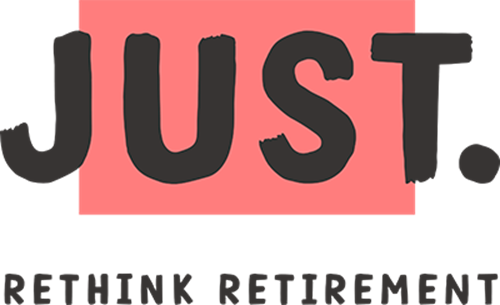The active phase of retirement - allow for a little more income
Retirement is no longer only seen as a time of sitting back and relaxing. Today, more and more retirees are embracing an active lifestyle that involves staying physically fit, mentally stimulated, and socially connected. In the third, or active phase of retirement, it’s likely that ageing hasn’t yet taken its toll on your body and mind. In fact, your cognitive, physical, and social resources could be at their highest level than at any other time in your golden years.
In this phase you still want to learn and grow and you’re starting to enjoy some of the activities you’ve planned for, such as travel and taking up new hobbies and interests. You’ve bought your pension (in the form of a life annuity, a living annuity, or a blend of both) and you’re testing out your new financial reality.
While the standard wisdom is that you’ll only need around 75% of your pre-retirement income once you retire, this might not hold true during the active phase. It can be expensive to fund your travel dreams and new hobbies, and you might need to allow yourself a bit more leeway in this phase, which can last anywhere up to (and maybe beyond) the first ten years of your retirement. For those who have not saved enough or have not budgeted accordingly, this might mean finding a way to increase your income, such as a part time job or consulting in the same field of your pre-retirement career. Whatever the case, active retirement should be about living your retirement dream.
To support your chosen lifestyle, we believe managing your investment portfolio with the help of a qualified financial adviser is crucial. And the decisions you make at the beginning of retirement can impact your financial future. When you retire, you are legally required to use the bulk of your retirement savings to secure an income. You have the choice of investing in a guaranteed life annuity or an investment-linked living annuity, or a combination of both. A living annuity allows you to choose and manage the underlying investments, but you should ensure that you are not withdrawing too much, otherwise you could run out of funds, especially when investments are underperforming. However, if you’ve chosen a life or guaranteed annuity, your risks are greatly reduced as it is an insurance policy that ensures your income is paid over your lifetime.
An often-overlooked consideration in retirement finances is inflation. Over time, the cost of goods and services tends to increase, eroding the purchasing power of your savings. Inflation is typically measured by the Consumer Price Index (CPI), which relates to a basket of goods that an average person will buy. But in retirement, you might also experience medical inflation, which can be higher than the CPI.
Planning for retirement can be challenging, but it's also an opportunity to build a retirement plan that can ensure you’re comfortable at each phase of retirement, your income is secure, and you are able to have fun. It is vital to understand the different options available to you when you retire to protect yourself from rising inflation and your income is able to at least cover your essential expenses. For many, some of these products can seem complex and difficult to understand. This is understandable, given that over the years, regulations have changed, and an increasing number of products and services have been added to the mix. This is why the role of a financial adviser is paramount. Especially at retirement where clients are suddenly expected to make fairly quick decisions about how best to ensure their savings are invested optimally in order to deliver a sustainable income for the rest of their lives.
In the next article in this series, we will look at the role of luck in a retirement portfolio and how you can eliminate it – both good and bad - and ensure your finances are in good shape for the future.
Article by: Jacques Theron, Business Development Manager
